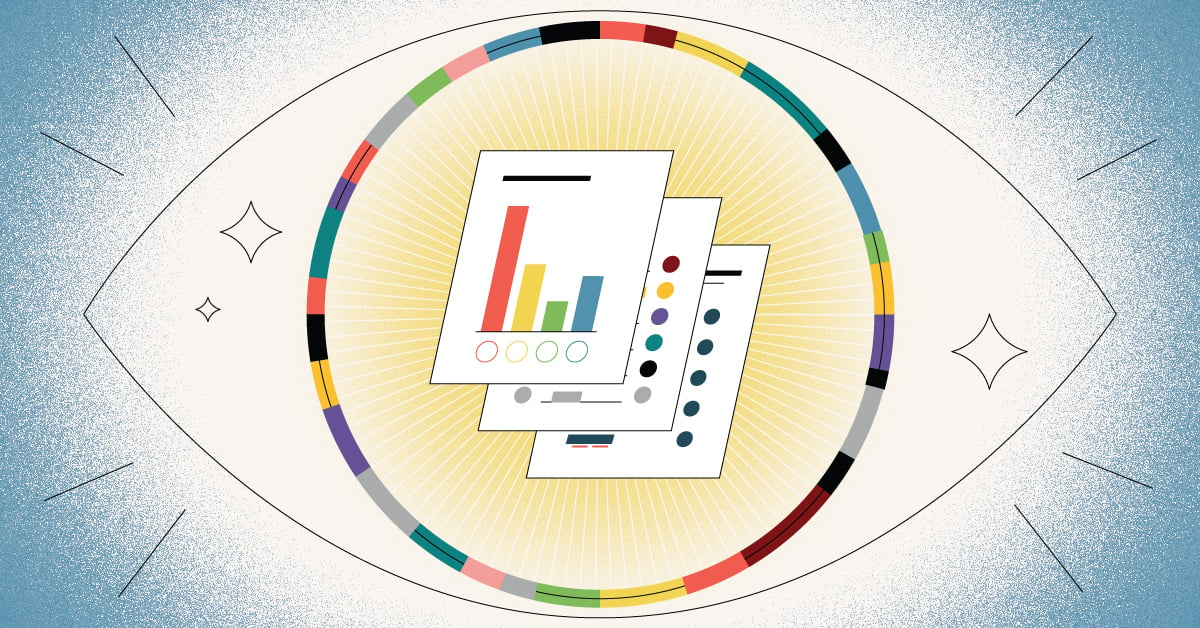
Ah, procrastinating at work. When was the last time you procrastinated at work?
Did it happen you put off work projects until the last-minute?
Don't hurry up to wear sackcloth and ashes. Experts say that procrastinating at work can be a powerful strategy benefiting a career. Indeed, Rory Vaden, author of Procrastinate on Purpose: 5 Permissions to Multiply Your Time, claims, "Procrastinating on purpose has nothing in common with being lazy or disengaged." Professor at the University of San Diego, George E. Barrett who wrote Wait: The Art and Science of Delay agrees, saying, "We all are in a constant state of putting something off."
So, what if procrastination isn't such a bad thing? Working it to your benefit, you can become a more creative and productive individual.
To use procrastination for more efficient work, try this:
1) Structure Your Procrastination
Stanford professor John Perry shares a strategy able to convert your procrastination into quality time. Its fundamental idea is to stop associating this trait with doing absolutely nothing: "If you’re going to procrastinate, do other productive things instead,” he says.
So, to structure your procrastination, make a huge list of tasks you need to complete at work and order them by importance. The most urgent tasks go to the top. In a perfect world, you would do them first. But if procrastination leaves you wrong-footed, start doing something lower on the list. Therefore, procrastination becomes your motivation to complete dozens of other tasks and stay productive.
2) Get More Things Done
According to Prof. Perry, "When you procrastinate productively, you knock out worthwhile tasks while you put off the urgent ones.” Your giant to-do list gives a realistic scope of what you need to do but also lets you pick what to do first. As we know, the most difficult thing is to start. But, as Martin Luther King, Jr. said, “You don’t have to see the whole staircase, just take the first step.” So, once you start crossing tasks off your list, you’ll see what to do next and hence get more things done.
The Creativity Research Journal study found that avoiding your work in this way might be helping in other areas of your life. They examined the working habits of the Intel Science Talent competition winners and noticed that efficient procrastinating let them take care of other responsibilities.
More than that, procrastination can make unnecessary tasks disappear by giving you an opportunity to reevaluate if they are relevant so far.
3) Work Small
If you procrastinate because of your perfectionism or fear of failure, working by small portions can help you start. You might notice that harder bits are more likely to flow after you got going.
Working on a project, try to find a so-called halting point to say "That's it for today." Stop at a sentence, chart, slide, or whatever you are working on now. Unfinished tasks won't let you abstract away, and your subconsciousness will continue mulling over creative ways to complete them. Such tactics rely on the Zeigarnik effect and, therefore, kick starts creation.
4) Procrastinating: Delay to Accomplish More
Sometimes a delay is the best tactic to deal with time-consuming issues at work. Simply because you can't ignore certain matters doesn't mean that you must handle them right now. Ric Edelman builds a context:
"When a staff member comes in and says, "Hey, I need such and such," I say, "Great. Let's talk about it the day after tomorrow." Guess what? The odds are high that I will never see them again on that matter because the problem will vaporize on its own. They discover that they didn't need my help at all."
This delaying strategy will let you minimize interruptions and focus on more urgent tasks.
Procrastinating at work also helps to make better decisions. When not sure which is the right strategy or plan for your project, procrastination becomes a savior preventing you from wrong choices. It gives you some time to think about all pros and cons again and be ready to reach a proper solution once the deadline comes.
Some use procrastination as a trigger for stress needed to find positive solutions, while others consider it a kind of incubator for thoughts and willfully postpone making a decision to process it first. In his The Adweek Copywriting Handbook, legendary copywriter and role model Joseph Sugarman calls this method of generating ideas an "incubation process." Think of a problem, then postpone it, and do something different instead. It helps to find the best solution.
Sugarman is not alone to support this theory. Professor at the University of Wisconsin, Jihae Shin designed the experiment to prove the most creative ideas come after procrastination. What she did was ask people to come up with business ideas. One group shared ideas once they came, while another group played Solitaire or Minesweeper first.
The experiment ended with the procrastinators’ ideas being 28% more creative.
5) Use 30/30 System
Unify your procrastination with productivity with the help of the 30/30 system, which is interchanging 30 minutes of work with 30 minutes of relaxing. It's a good way to trick your brain and start a task you postponed before: you know that you’ll get a reward after doing a little work.
As mentioned, the most difficult thing is to start. Once you start, you might not want to take that 30-minute break and, therefore, continue working productively.
6) Find Time for Deep Work
Cal Newport from Georgetown University divides work into shallow and deep. Shallow work is that not demanding a high level of concentration, while deep work is the ability to focus without distraction on a cognitively demanding task. To use your procrastination efficiently, you might want to organize your deep work.
For that, clean your schedule and find the time when nothing distracts you from focusing on work. Otherwise, it will take 23 minutes for you to get back to the task after a distraction. Also, get into a state of flow, which is the full involvement and enjoyment in the process. It will seem like your work is doing itself.
7) Try the 2-Minute Rule
James Clear doesn't give procrastination a chance by using the strategy he calls “the 2-minute rule,” such that “if it takes less than two minutes, then do it now." This one echoes points 1 and 2 to some extent, but the crucial moment to consider here is the balance.
For example, checking emails takes less than two minutes, too. However, reading them every few minutes will interrupt your flow and hurt your productivity. The best strategy would be cutting down the number of times you check emails daily: taking into consideration the University of British Columbia study (checking email less frequently reduces stress), such procrastination can help you avoid responding in a potentially damaging way.
Procrastinating is not always your enemy but sometimes the intuition that tries to help you process something before making the rushed decision. Embrace it, and you'll be able to accomplish more. But don't put work on the long finger. Otherwise, you'll have to do nothing but take the very first idea that comes to your mind.
Efficient procrastinating at work demands a balance.
Editor’s note: Beyond delivering content internally and by our worldwide network of assessment distributors, we offer opportunities to those who are interested in examining how assessment and talent management solutions impact our decision-making. The opinions expressed herein are the author’s.
Image: Pexels.com


